#seedsaving
Explore tagged Tumblr posts
Text
Peas!
Pea plants are amazing. They're a plant that feels to me like they are desperately keen to grow

An escaped seed must have sprouted, having dropped from the sheet holding a bunch of drying pea pods above it.
They're really beautiful plants, with delicate flowers and tendrils that grip and wind onto any support they can find, and they taste bloody great, especially the first pick of sugar snaps right at the start of the season. They are early cropping, and apparently the flowers cannot be fertilised (and therefore won't produce peas) above 30 degrees.
Being legumes, they fix nitrogen and so do not require lots of added inputs to the soil. The soil should be well draining though, to prevent root rot. They can be eaten at any stage - eat the shoots if you're fancy, or dry them and make pease porrige like the did in the middle ages! In fact, when they were introduced in the 1600s in Britain as the fresh vegetable (and not just a dried more like a bean) they were said to cause such a stir that people become manically addicted...
So they can be dried for storage for eating, but also of course for saving the seed. Drying and shelling peas for seed was my introduction into the world of seed saving. A perfect intro - they make it so easy for us! Simply leaving a few of the forgotten pods on the plant as long as possible, to swell up and dry, and you'll have your seed supply for next years sowing.

Dried wrinkly peas from a sugar snap variety. They are said to be properly dry when you could bite into one and not leave tooth marks.
On a larger scale, marking off a section to not harvest from at all works best, although tricky to resist the plumper pods in the forbidden section. If there are any particularly unhealthy plants, they can be removed (a process called rouging) at any point to try and avoid passing on these trait.

Peas are mostly self fertile, having "perfect" flowers (which just mean the flowers contain both the pistil and the stamen, allowing them to fertilize themselves). This means they are unlikely to cross, although the advice if you are growing more than one variety of pea to try and grow them 15 meters apart, but this can be less if they are separated by a barrier such as a hedge. Pollinators can be lazy sometimes! But, again the chance of crossing is low so it shouldn't be a big concern. Side note, thing like chickpeas (Cicer arietinum) and sweet peas (Lathyrus odoratus) are in the same family Fabaceae but not the same species so will not cross with the traditional garden peas (Pisum sativum).
Within this species there are 3 main categories -
English/podding peas. These are grown for the pea and the pod is generally too tough and fiberous to be eaten
Magetout/ snow peas. These are eaten before the peas develop and are eaten whole
Sugar snap peas. These peas were developed more recently to be the best of both worlds, the pea is eaten whole with the peas developed inside, meaning the crop is sweeter.
Within these categories, you will sometimes hear peas be refereed to as "wrinkled" or "round" seeded. This refers to how the seed looks dry, as sugar snap peas have more wrinkled seed. This is something to do with the higher sucrose content, but what it exactly does I couldn't pretend to know. There is also massive height range with different varieties of peas, and the dwarf varieties are well worth considering if you don't want to worry so much about the sturdiness of your support, or having to find something to climb on when it comes to harvesting the peas higher up.

Peas and calendula
Sitting around shelling peas can be really social and also feels satisfyingly like a kind of ancient practice, I don't know what it is about podding and shelling vegetables that appeals so much but I highly recommend it as a meditative process!
For more info, Hodmedods UK sell all sorts of dried legumes on their site, but also write articles and blogs about traditional varieties of UK grown legumes like the Carlin pea and how to cook with them.
13 notes
·
View notes
Text

Welcome to the world of gardening, where every seed holds the promise of fresh, crisp romaine lettuce right from your backyard! If you've ever savored a salad made with homegrown greens, you know the joy that comes from nurturing plants to life. But did you know that you can extend that joy beyond a single growing season?
In this complete guide, we’ll dive into the art of harvesting and storing romaine lettuce seeds? Whether you're a seasoned gardener looking to save your favorite varieties or a curious beginner eager to learn more about sustainable practices, this guide is designed for you. We’ll walk you through each step of the process—from recognizing when your lettuce is ready to bolt, to collecting and storing those precious seeds for future planting.
Want to Read More:
The Complete Guide to Harvesting and Storing Romaine Lettuce Seeds
#gardening#garden#gardening tips#lovegardening#gyo#gardening uk#gardenchat#organic gardening#backyard#vegetable gardening#romainelettuce#lettuce#seeds#seed#seedsaving#seedsavers#gardeningtips#gardeningtipsforbeginners#plants#vegetables#vegetablegarden#vegetablegardening#gardenerslife#gardens#flower garden#gardenblr#gardencore#gardeners on tumblr#home and garden#my garden
8 notes
·
View notes
Text
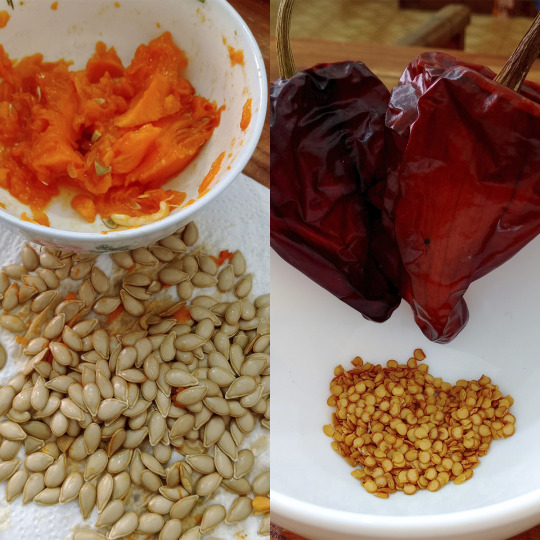
Seedsaving today: lovely Butternut Squash and Ñora peppers, both from farmers in the island. Starting a whole new chapter for my herbal apothecary and garden this year, with all the lessons learnt from the past years; I've been loving herbs since I was barely a teenager, and it is still one of the most exciting areas of my work.
#seedsaving#carolinagonzalez#herbalism#self sufficiency#urban gardening#container gardening#gardening
2 notes
·
View notes
Text
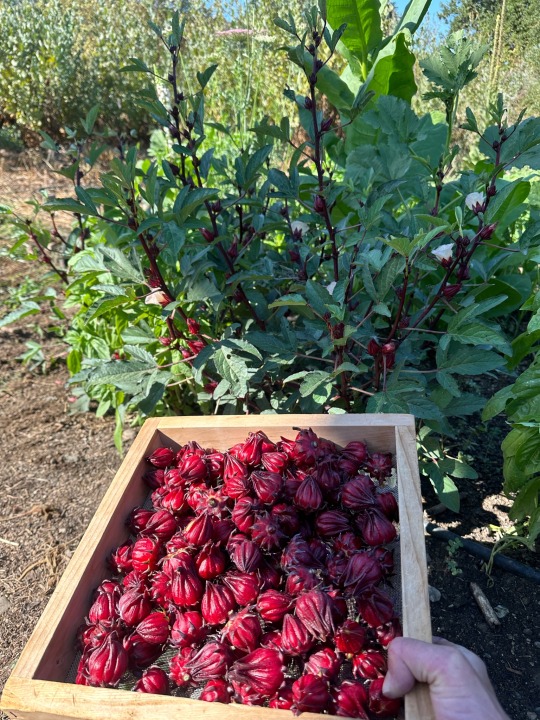


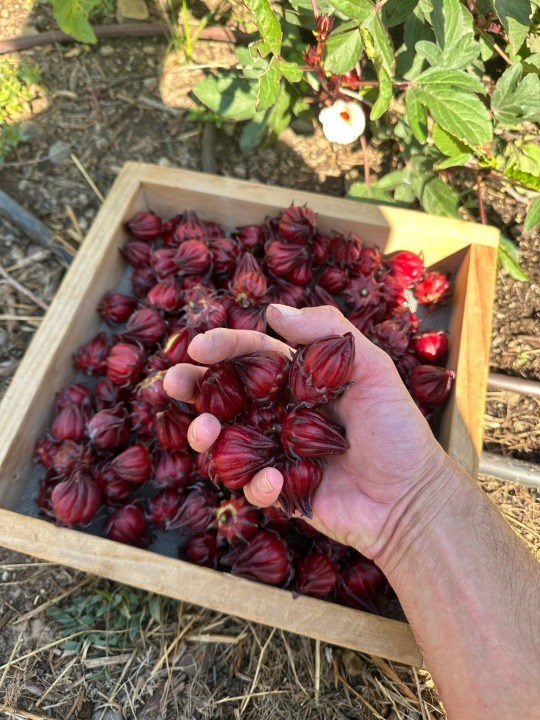
hibiscus seed will be back later this fall. never get tired of these plants. harvested some calyxes for making teas and coolers. sign up here to know when our seeds are back in stock! https://www.plantgoodseed.com/products/hibiscus-sabdariffa-seeds
4 notes
·
View notes
Link
#flowerseeds#herbseeds#oldseeds#seedlifespan#seedsaving#seedstorage#seeds#springcleaning#vegetableseeds
0 notes
Text
A Victory Garden
a vault of free food.
1 note
·
View note
Text

Know Your Seed: #13
Sonajuli Bau: Deep water, Red Rice.
The sixteenth century Assamese poet Ram Saraswati mentions red rice in his poem "Bhim Charit" entitled "Shiva's Agriculture"
Red rice is rich in magnesium, which is good for your bone. Red rice is rich in antioxidants such as anthocyanin.
Red rice helps in regulating and maintaining insulin levels. It reduces stress levels and fatigue. Cook like a regular rice. Soaking is not required.
Red rice, has a low glycemic index. It keeps the glucose in the blood at minimal.
Rich in Antioxidants, Dietary Fibre, Vitamin B1, B2, B6 and many nutrients.
#traditional#conservation#foodculture#agroecology#agrobiodiversity#save seed#seedsaving#seedlibrary#traditionalfood#traditionalseed#assam#awesomeassam#mesmerisingassam#incredibleindia#rurallife
1 note
·
View note
Text
Can You Plant Pumpkin Seeds Straight From The Pumpkin?
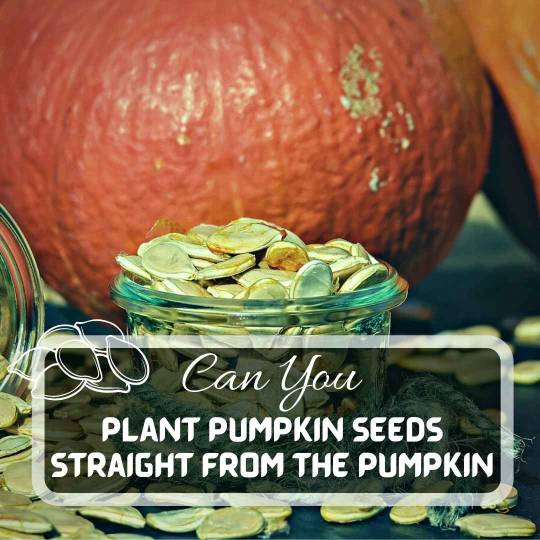
Can You Plant Pumpkin Seeds Straight From The Pumpkin?
Ready to dive into the world of pumpkin growing?
Discover the secrets behind planting pumpkin seeds straight from the pumpkin itself!
Learn how to nurture your own pumpkin patch and watch those vibrant vines flourish.
Who knew gardening could be this rewarding?
#garden#gardening#gardenlife#gardenliving#gardenlove#homegarden#backyardgarden#pumpkin#pumpkinpatch#pumpkinseason#pumpkinpicking#growingpumpkins#growingpumpkin#pumpkinpainting#pumpkinpatch🎃#pumpkin🎃#seeds#seedsaving#pumpkinseeds#seed#seedstarting#gardeninglife#backyard garden#gardening tips#growyourown#growyourownfood#vegetable garden#vegetablegarden
1 note
·
View note
Text
Need tips about seeds?
Here are some steps to get started with growing your seeds and have fun in the process:
1. Check the planting information on each seed packet you have.
2. Gather the necessary tools and materials for planting such as water, a spoon or trowel, a warm and sunny spot of soil, and your seeds.
3. Before planting outside, find out the last frost date in your area by searching online or consulting a Master Gardener volunteer. You may also consider starting your seeds indoors first.
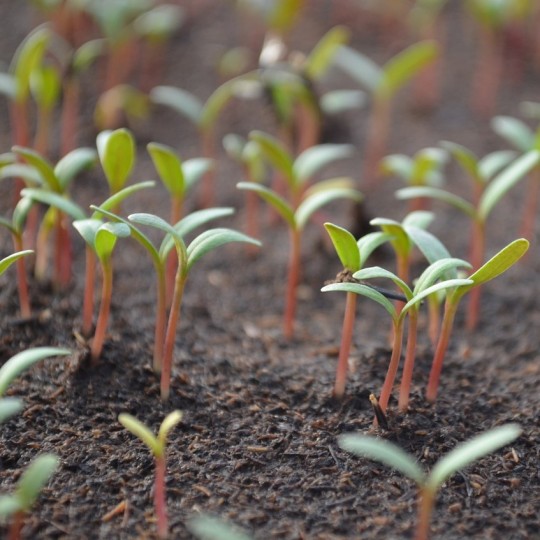
#seedstartingtips#growfromseed#plantingseeds#seedlings#indoorseeds#gardeningfromscratch#seedsaving#homegrown#organicgardening#gardeningtips#gardening
0 notes
Text
#seeds #gardening #growyourown #organic #chiaseeds #vegan #seedsaving #growyourownfood #pumpki
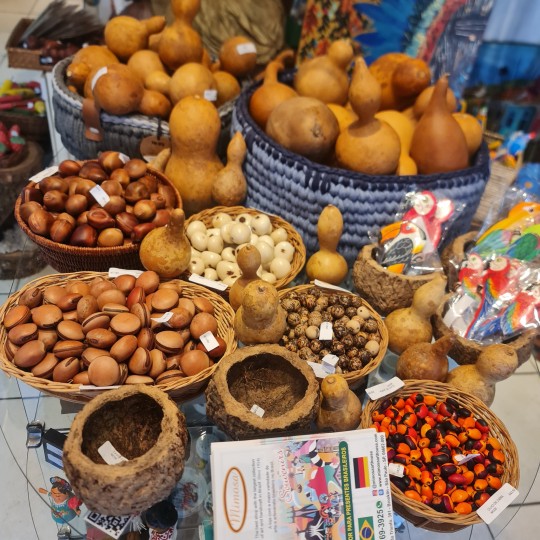
0 notes
Text
HISTORY OF SPICES
The McCormick Science Institute (MSI) provides valuable insights into the historical and modern uses of herbs and spices, especially about health and culinary applications. Humans have co-evolved with plants for millions of years, discovering the flavorful and medicinal properties of herbs and spices. Initially, these natural ingredients were used to enhance the taste of food, mask undesirable flavors, and preserve perishable items. Spices have been valued throughout history for their various uses, from religious rituals to medicinal purposes. During biblical times, spices like cinnamon and saffron were highly regarded. In Ancient Egypt, garlic and onion were notable choices for both medical and culinary purposes, and the Ebers Papyrus from 1500 BC documented the use of various herbs. Early Chinese culture also recognized the power of herbs and spices, with the Classic Herbal, likely written around 2700 BC, containing information about medicinal plants, including cassia, which is similar to cinnamon. Ginger was also grown in pots and used to prevent scurvy during sea voyages. Ancient Mesopotamia, particularly Babylonia, had a rich tradition of spice and spices used for both culinary and medicinal purposes. King Ashurbanipal's records included various aromatic plants, while King Merodach-Baladan II grew numerous species of plants and herbs in his royal garden. India has a rich history of using spices such as black pepper, cinnamon, turmeric, and cardamom for culinary and health purposes. Ancient surgeons like Sushruta incorporated aromatic plants into medical practices. In ancient times, Greece and Rome imported and utilized a variety of Eastern spices. Hippocrates and Theophrastus contributed to the understanding of spices and herbs in medical science, while Dioscorides wrote "De Materia Medica," a comprehensive text on spices and herbs. The Arab and Muslim world played a significant role in the spice trade, using spices for both trading and scientific purposes. Arab physicians developed techniques to extract flower scents and essential oils from aromatic plants. During the Middle Ages, spices in Europe were highly prized and often used as currency. The Crusades opened up trade routes, making Asian spices more accessible. European apothecaries integrated spices and herbs into their remedies, often based on Arabian medical knowledge. Spices and herbs have played a significant role in human history, from early civilizations to the modern world. For instance, the Age of Exploration, including Marco Polo's accounts, contributed to the expansion of the spice trade. As a result, spices from the New World, such as capsaicin (red pepper) and allspice, were introduced to European cuisine. Moreover, American history saw early settlers incorporating indigenous spices and herbs into their diets. During the colonial and revolutionary periods, spices became an important part of American cuisine. In the present day, the usage of spices is diverse and widespread. They are commonly used in global cuisine, including astronaut food. Additionally, in recent years, there has been a renewed interest in the health benefits of spices. Scientific evidence supports their potential positive effects on heart health, cognition, and diet quality. To conclude, spices and herbs have been used for culinary enhancement as well as medicinal applications throughout history. Their continued exploration promises further health benefits. The McCormick Science Institute is a valuable resource for understanding the science behind the use of spices and herbs.
#herbs#Herbs#Seasonings#CookingWithSpices#FlavorfulHerbs#SpiceUpYourLife#HerbGarden#SeedSavers#SpiceWorld#KitchenEssentials#SpiceRack#Herbology#CookingFromScratch#SpiceBlend#GourmetCooking#HealthyEating#CulinaryHerbs#SeedStarting#HomemadeSpiceMix#CookingTips#and seeds.
1 note
·
View note
Text

Because of their magnificent, towering blooms, hollyhocks are adored for lending a touch of cottage garden charm to any scene. It is imperative that you learn how to collect and store hollyhock seeds if you have planted them and want to maintain their beauty in your garden. To ensure you can enjoy these vivid flowers every year, I will lead you through the best techniques for harvesting and storing hollyhock seeds in this tutorial!
#gardening#garden#gardening tips#lovegardening#gyo#gardening uk#gardenchat#organic gardening#backyard#home and garden#botanical garden#flower garden#gardenblr#gardencore#gardeners on tumblr#gardens#my garden#potted garden#urban gardening#plants#flowers#hollyhocks#gardeningtips#gardeningtip#flowerlovers#gardeningtipsforbeginners#seeds#seedsaving#gardenflowers#flowergarden
2 notes
·
View notes
Text




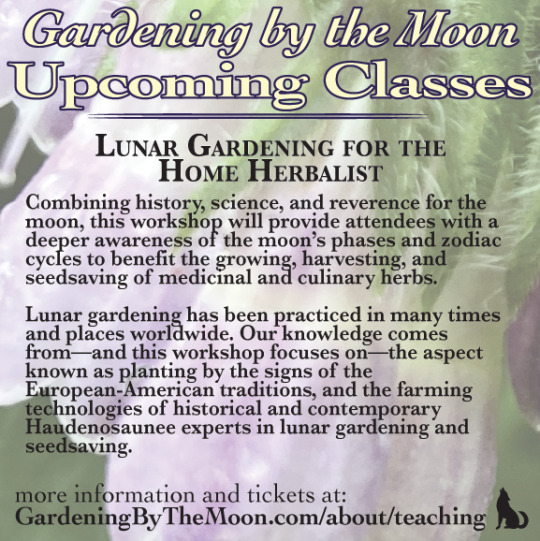

One of the first things we ever bonded over was our shared love of teaching, and this past fall we taught our first lunar gardening workshop together. We got so much positive feedback and requests for more that we’ve decided to start offering online lunar gardening classes. We’ve scheduled several sessions so that we can keep class sizes small, and have plenty of space for questions and conversation. We’re starting this spring session with four different classes: Introduction to Lunar Gardening: Built on a foundation of science, traditional knowledge, and reverence for the moon, this workshop gives attendees an overview of the moon’s phases and zodiac cycles and their impact on the growing, harvesting, and seedsaving of vegetables, fruit, flowers, and herbs. Planning Your Lunar Gardening Year: Lunar Gardening should always be an enticement to work with our gardens and tend to the plants in our care, rather than a burden or a scold. Even for the chronically disorganized (hi…), there are ways to bring our lives more in tune with the natural rhythms of the world around us—without weighing ourselves down with unmanageable to-do lists that invite guilt and shame. This workshop will outline several methods of timing the cycles of your planting and harvesting to the cycles of the moon, making it easier and more intuitive to bring your monthly & yearly routines in tune with the moon. Lunar Gardening for the Home Herbalist: Combining history, science, and reverence for the moon, this workshop will provide attendees with a deeper awareness of the moon’s phases and zodiac cycles to benefit the growing, harvesting, and seedsaving of medicinal and culinary herbs. Companion Planting by the Signs: It’s easy to get overwhelmed by a wall of facts and figures when you start looking deeper into planting by the signs. This class will go through commonly recommended companion planting pairs & guilds, and discuss the simplest ways to incorporate lunar gardening to support healthy plants and bountiful harvests. Like our calendar, all of our classes draw from a combination of European-American and Turtle Island, particularly Haudenosaunee, sources.
All classes are offered at a sliding scale. We invite you to reflect on your own financial situation and consider paying more if you experience such financial security as owning your own home, taking regular vacations, or earning a guaranteed salary; pay less if you experience financial instability such as renting or shift/gig work. If you live around or below the poverty level, please contact us about scholarship tickets.
#gardening#lunar gardening#planting by the signs#zoom events near me#disabled owned business#the resolution came out wonky on these bc i am still learning how to use illustrator and it did pranks on me#also i chose illustrator for reasons known only to my past self#thank you everyone for being patient as i make my way through my computer apprenticeship#i miss glue
20 notes
·
View notes
Text

It's still possible to pick up seeds for holiday gifts or get a head start on next year’s gardening seasons! Take 15% off any seed order from plantgoodseed.com when checking out with discount code HOLIDAYSEEDS! Note: the cutoff for USPS Priority Mail and UPS Ground is December 18th. We offer both these options for shipping for checkout and any order $100 or over ships by USPS Priority Mail for free!
Also, we have been diligently working on getting our new releases for 2024 in order and we will start rolling some of these out before the end of the year!
4 notes
·
View notes
Link
#frugal#herbseeds#mygarden#saveflowerseeds#seedexchange#seedsaver#seedsaving#vegetablegarden#vegetableseeds
0 notes
Text
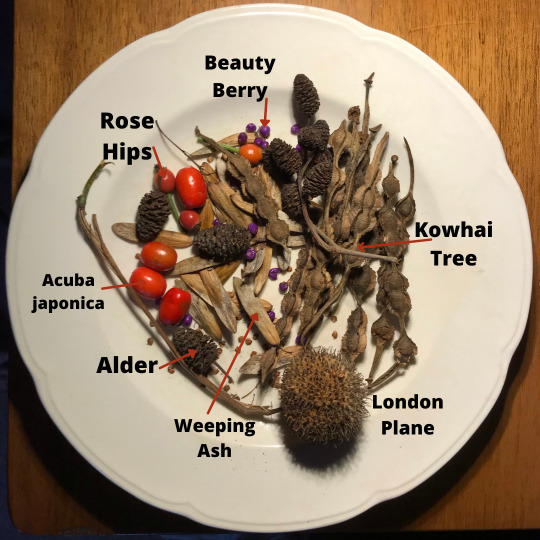
Seeds are miraculous little things if you ponder them... They contain the potential for a whole plant in a biological "time capsule". As gardeners in Europe and the Northern Hemisphere start planning their seed orders, it's a perfect time to learn more about germination. Germination is the term for an organism growing into a whole adult plant from a seed or a spore, and it is used scientifically to talk about fungi and bacteria as well as plants. A typical plant seed contains a plant embryo, food reserves, and a seed coat. Depending on the species, mature seeds can be stored for years since the plant embryo is in a dehydrated state of suspended animation.
In nature, germinating at the wrong time in unfavourable conditions could spell disaster for the new plant. Seeds rely on the signals from water, temperature, oxygen, and light.
Soaking seeds is an excellent way to start germination. The seed coat is gently scarified with sandpaper or a nail file to break the watertight seal and allow water to enter the seed interior. The seeds often double in size as their tissues soak up the water in a process called imbibition. Water activates hydrolytic enzymes which start the seed's biological metabolism.
Tree seeds from temperate climates usually need cold stratification to germinate. The seed is kept in soil at low temperatures around 4 C (like a fridge) for several months before returning to room temperature. This temperature change tells the seed winter has passed and spring has arrived. Simply leaving potted seeds in a cold frame overwinter is ideal in Europe.
Seeds along need oxygen since seedlings do aerobic respiration until they're mature enough to start photosynthesising. Hard packed or waterlogged soil may contain insufficient oxygen and stop seeds from sprouting. Many tree seeds need exposure to light through a thin layer of soil to let them know that there's a "clearing" in the forest.Most kitchen garden seeds do well with soaking and exposure to warm temperatures since they are originally tropical plants.
This plate of seeds was collected in January in Hyde Park, London.
#seeds#germination#seedstarting#PlantBiology#plantscience#seedstorage#stratification#TreeSeeds#katia_plantscientist#gardening#gardeningtips#plants#plantfacts#stratification#seedsaving#seedstartingtime#semillos#nuts#fruits#plantlife
#katia plant scientist#botany#plant biology#plants#plant science#seeds#seed starting#seed saving#stratification#seed collecting#plant#plant aesthetic#plant scientist#plantblr#plantcore#planting#gardening#tree seeds#gardening tips
22 notes
·
View notes